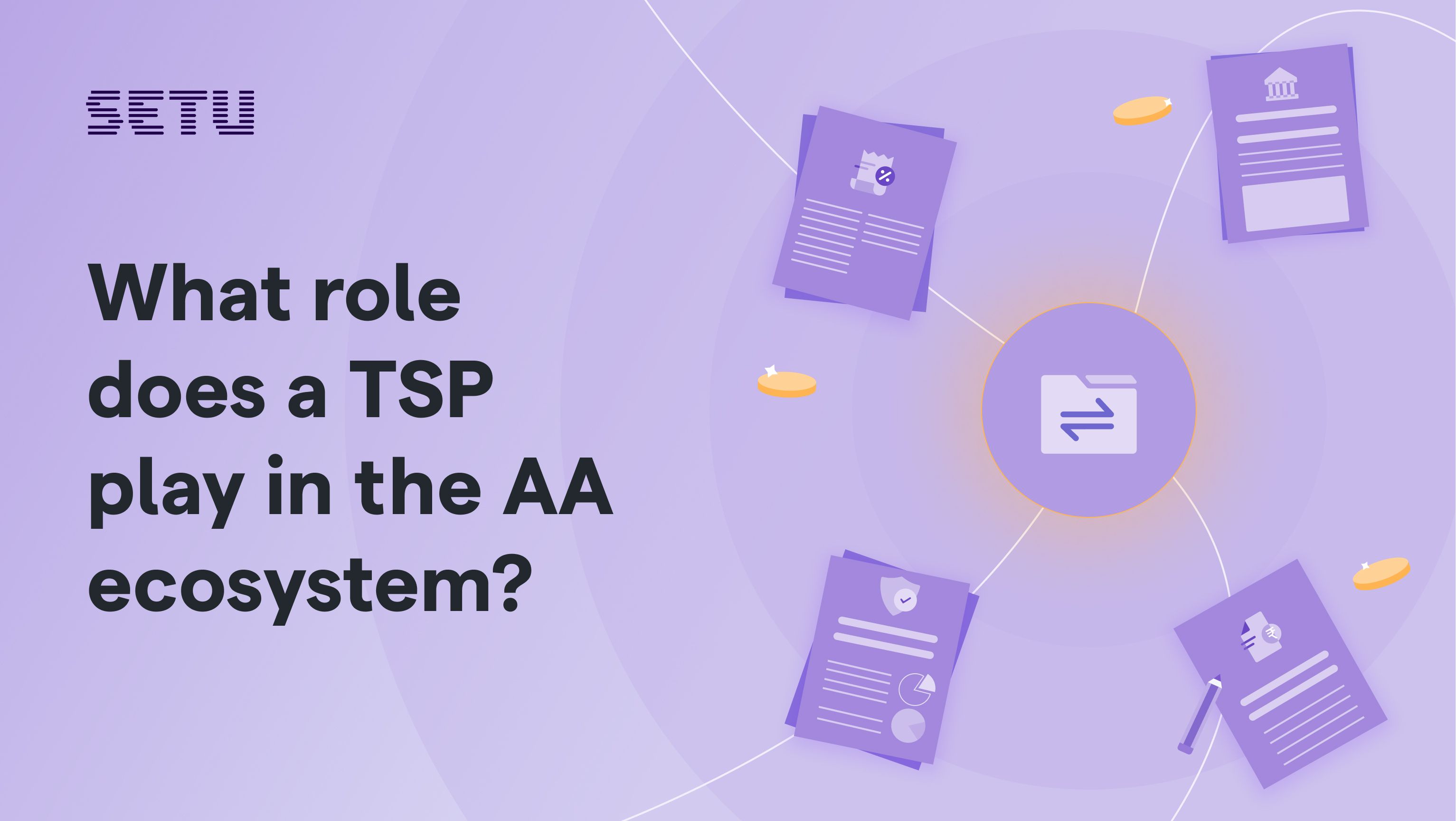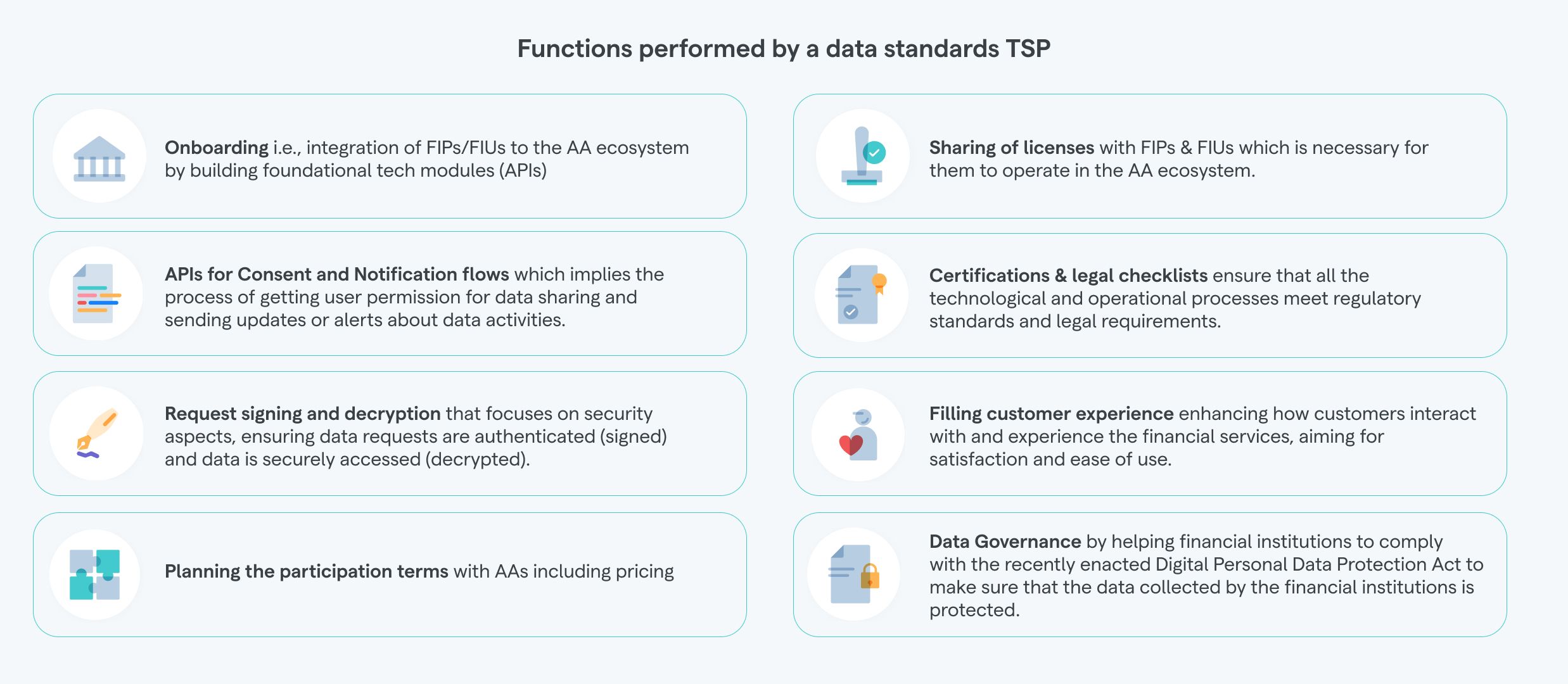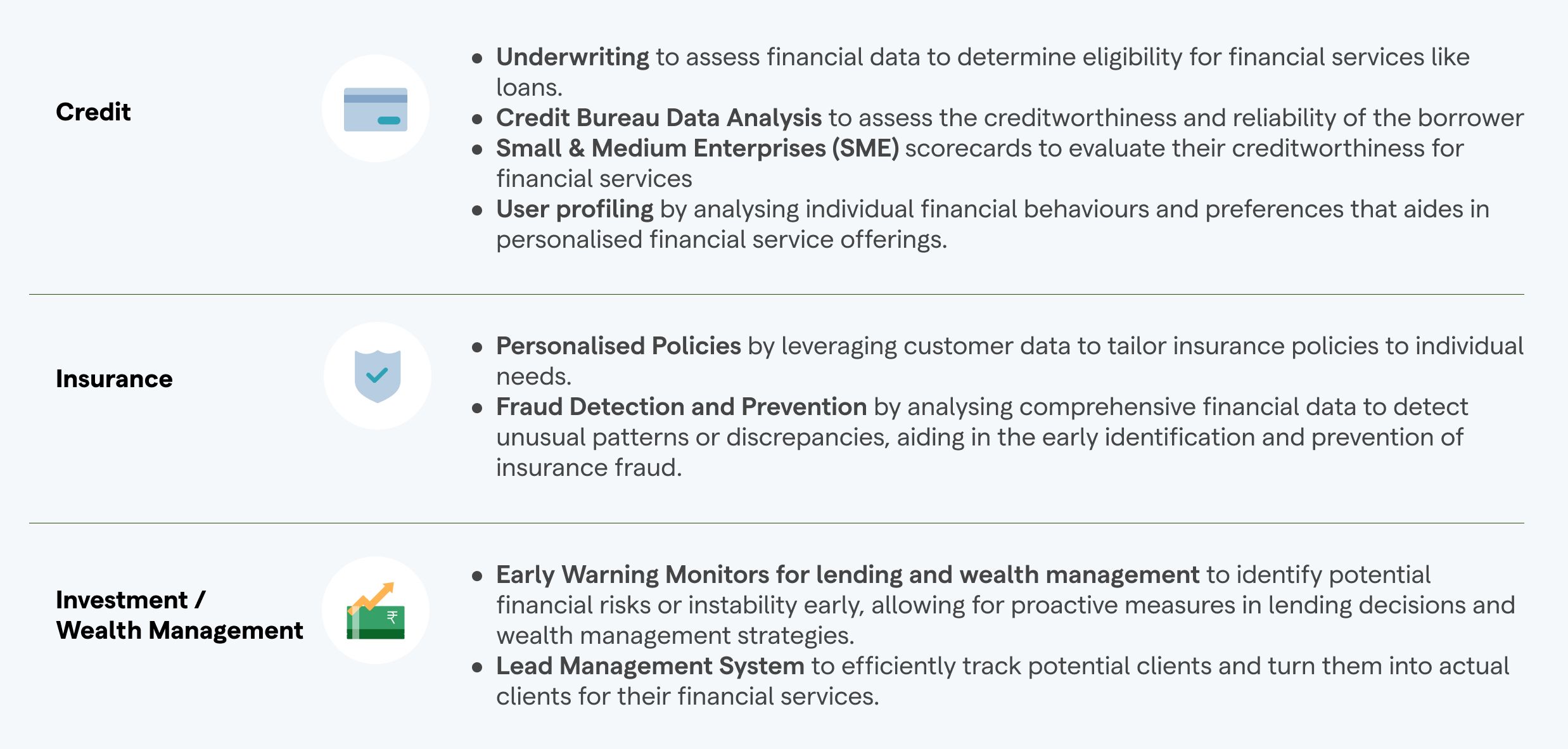
Think about those super cool apps that are easy to use and look really awesome. You know, the ones that make you go "wow" with how smooth everything feels? - chances are that this experience has been enabled by a Technical Service Provider (TSP) who often may never be in the limelight.
You might guess from their name that TSPs have something to do with technology - and you’d be right on the money!
But here’s the intriguing part: Financial Information Providers (FIPs) and Users (FIUs), currently only regulated entities, are already technology-heavy, serving millions of customers. So, what unique capabilities do TSPs bring to these financial giants? It’s not just about new technology, it’s about innovating in a way that keeps pace with the fast-changing financial world. This leads us to an important point of consideration.
Financial services have become more complex than what it used to be even a decade ago. Now, with more people than ever using these services, legacy financial institutions don’t have the bandwidth to manage all aspects of delivering financial services themselves with their antiquated backend systems and these systems aren’t really cut out for the kind of stuff we need today. It’s like they’re trying to meet tomorrow’s needs with yesterday’s tools. These legacy banks are now facing the huge task of updating and evolving to stay in the game in this dynamic financial space.
This is precisely where a TSP comes into play….
But who exactly are these TSPs, you might wonder?
TSPs are the entities that collaborate with the FIPs and FIUs for delivery of AA-enabled products and services, ensuring a seamless flow and secured monetization of the customer’s data. For example, as a TSP, Setu navigates the onboarding journey for FIPs and FIUs into the AA ecosystem, not only simplifying this crucial process but also unlocking powerful insights from the data. The result? An unparalleled user experience that sets a new standard in the industry.
Curious about the roles these TSPs can play in the AA ecosystem? The answer lies in the nature of expertise they provide.
Let’s begin with the role of Data Standards TSPs. Think of them as the tech wizards who connect the old and the new in finance, turning complex challenges into streamlined digital solutions. They are the bridge builders where legacy systems of financial institutions struggle with the demands of modern data traffic. They have the following use cases in the AA ecosystem:

TSPs also offer certification services by becoming an Intermediate Certified Entity, ensuring that internally developed tech modules by financial institutions are compliant with the standards set by the ecosystem and Reserve Bank Information Technology Pvt. Ltd (ReBIT) known as the IT arm of RBI. It aims to serve IT needs and increase cyber resilience of the banking sector in india.
These use cases aim to provide a smoother on-boarding experience for FIPs/FIUs to the AA ecosystem with heavy-lifting done by the TSPs resulting in less integration efforts, faster go live and use of optimal routes to fetch data.
Fast forward to when FIPs/FIUs get raw data from the AAs once onboarding is complete. This data is of little use unless they are able to derive meaningful insights from it. This is where the role of Data Analytics TSPs comes in.
Data analysis, providing insights and processing of data is handled by the TSPs since AAs are data blind as per the RBI guidelines. With the data coming from AAs, it will allow them to offer services under three product categories: Credit, Insurance and Investment/Wealth Management.

On similar lines, Lending Service Provider (LSP) can also be a specific type of TSP. They utilise the data from the AA framework for credit risk assessment and underwriting of the individual borrowers and MSMEs (can access data on financial statements, transaction histories and tax returns) to offer personalised loan products tailored to the needs of each borrower. They could potentially engage in continuous loan monitoring to identify borrowers who are facing financial difficulties and take proactive measures. There is also a possibility of offering loans against the borrower’s investment portfolio and track the real time value of the collateral.
Having delved into the crucial roles of Data Standards and Analytics TSPs, it is recognised that the journey doesn’t end with just integrating systems and analysing data. The true measure of success in the fintech world lies in how users interact with and experience these services. This is where User Experience (UX) TSPs make their mark, turning functional services into compelling user experiences. For example, Freo, a leading neo-bank, has collaborated with Setu, a TSP, to create a seamless and user-centric banking experience for its customers.
The unique use cases of User Experience TSPs involves

TSPs leverage advanced technologies to provide all of these services including
-
TSPs utilise AI and ML technologies to convert financial data into actionable insights, enabling personalised services and preventing fraud.
-
They employ advanced encryption and security protocols to safeguard sensitive financial information and ensure robust data protection.
-
TSPs navigate complex regulatory landscape and automate compliance reporting, ensuring adherence to legal standards.
-
Leveraging cloud-based services, TSPs bring scalability and cost-effectiveness to the AA ecosystem. They offer reliable data storage and management, efficiently handling large volumes of financial data with resilience.
Considering these varied and impactful use cases, it’s clear that TSPs have the potential to play a transformative role in the AA ecosystem. Now, an important question arises: Who exactly can become a TSP?
Registration in the AA network is open to all types of TSPs who want to be part of the AA network. To join the AA network as a Data Standard TSP, it’s not mandatory to have an NBFC-AA license. Instead, the primary requirement is registering with Sahamati. However, before this registration, it’s essential to have already developed and tested FIP and FIU modules across various account aggregator sandboxes.
As for other use cases, to a large extent, the agreements between a Regulated Entity (RE) and a TSP is driven by the depth of the relationship they have. It gives an open ground for these TSPs to forge better relationships with REs and contribute to the evolving AA landscape, enriching the ecosystem with their unique expertise and innovations.




